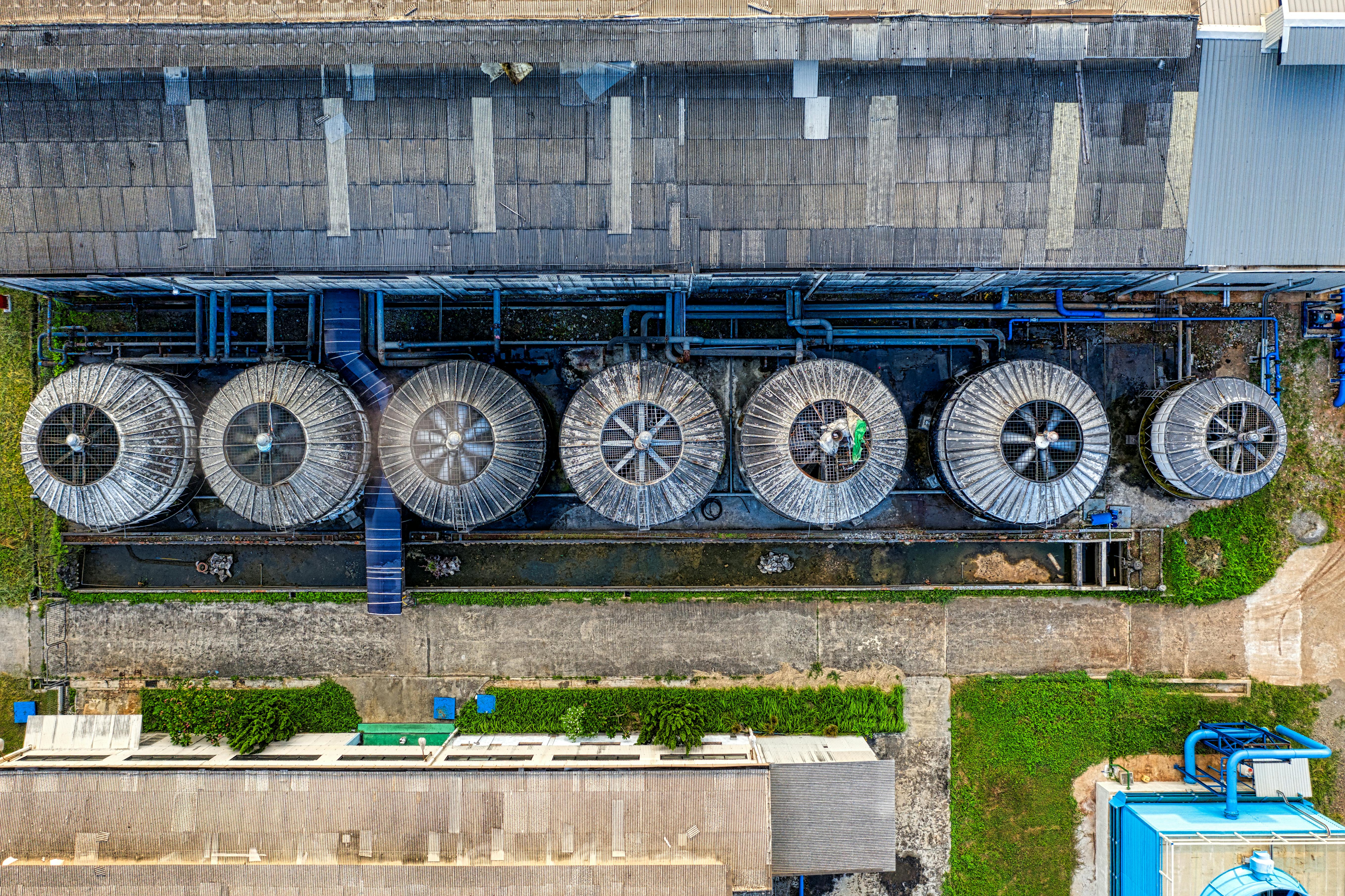Filtration and distillation are two processes used to separate the components of a liquid mixture. Filtration is the process of separating solids from liquids by passing the mixture through a filter medium, while distillation is a process that involves boiling a liquid and condensing the vapors to separate out its components. Both processes are used in various industries, including food production, pharmaceuticals, and chemical engineering.Filtration is a process that involves passing a liquid or gas through a material, such as a filter paper, to remove suspended solids from the liquid or gas. This process is often used in water treatment and sewage treatment processes. Filtration can also be used to separate particles of different sizes, such as those in air. In addition, it can be used to purify liquids and gases by removing unwanted impurities.
Filtration
Filtration is a process used to separate solids from liquids or gases using a filter medium that allows the fluid to pass through but retains the solid material. In other words, filtration is a physical process used to separate particles from a liquid or gas based on size, shape and density. Filtration can be used for a variety of purposes, including purifying drinking water, treating wastewater, removing dust particles from the air and removing unwanted odors.
The most common type of filtration is mechanical filtration, which uses physical barriers such as screens or filters to separate particles from fluids. The filter medium can be anything from fine cloth or paper to ceramic and metal meshes. As the liquid or gas passes through the filter medium, the particles are caught in the medium and then removed once they have accumulated in sufficient quantities.
Another type of filtration is chemical filtration, which involves using chemicals such as activated carbon or resins to absorb specific contaminants from liquids or gases. Chemical filters are often used in water treatment plants to remove harmful substances such as heavy metals and bacteria.
Different Types of Filtration
Filtration is a process used to separate particles and fluids. It is a method of separating substances from mixtures based on their physical and chemical properties. There are several types of filtration methods used, depending on the type of substance being filtered. The most common types of filtration are mechanical filtration, sedimentation, adsorption, reverse osmosis, ultrafiltration, and microfiltration.
Mechanical filtration involves the use of a filter medium such as paper, cloth, or screen to remove solid particles from a liquid or gas. This type of filtration is commonly used in water treatment plants to remove suspended solids from drinking water. Sedimentation is another type of filtration that uses gravity to separate particles from a mixture. In this process, the mixture is left to stand for some time and the heavier particles settle at the bottom while the lighter ones remain at the top.
Adsorption is a type of filtration that uses activated carbon or other materials that can absorb certain substances from liquids or gases. Reverse o
What Is Distillation?
Distillation is a process used to separate a mixture of liquids or solids based on their relative volatility. The process involves heating the mixture to its boiling point, collecting the vapors produced, and then condensing them back into liquid form. Distillation can be used for a wide variety of applications, such as separating alcohol from water or extracting essential oils from plant materials. It is also used in the production of many products such as fuel, perfumes, and medicines. In addition to separating liquids and solids, distillation can also be used to purify liquids by removing contaminants and impurities.
The basic principle of distillation is that different substances have different boiling points. When a mixture of liquids is heated up, the components with lower boiling points will evaporate first while those with higher boiling points will remain in liquid form. By collecting the vapors produced during the process, it becomes possible to separate out individual components from the original mixture. This is done by condensing the vapor back into liquid form using a condenser. Once condensed, each component can be collected separately for further processing or use.
Distillation
Distillation
Distillation is a process of separating a liquid mixture into its components based on differences in boiling points. It works by heating the mixture until it reaches its boiling point and then capturing the vapor that is released, which contains most of the components of the mixture. The vapor is then cooled and condensed back into a liquid, leaving behind the heavier components that remain in the original vessel. This process can be used to purify liquids, separate ethanol from water, or even to separate different types of oil. Distillation can also be used to produce essential oils and fragrances from plants.
The basic principle behind distillation is that different compounds have different boiling points. When a liquid mixture is heated, the components with lower boiling points will evaporate first, leaving behind those with higher boiling points. This means that when a liquid mixture is heated, it can be separated into its components by capturing the vapor released at each individual boiling point and condensing it back into a liquid form.
Distillation works by using heat to vaporize a liquid mixture and then collecting and condensing the resulting vapor so

Different Types of Distillation
Distillation is the process of separating or purifying components from a liquid mixture through evaporation and condensation. It is widely used in the chemical and pharmaceutical industries, as well as in many home-brewed alcoholic beverages. There are several different types of distillation that can be used to separate substances, each with its own unique advantages and disadvantages.
Fractional Distillation
Fractional distillation is a type of distillation that separates a mixture based on the boiling point of its components. This process involves heating the liquid mixture and collecting fractions as they evaporate at different temperatures. The resulting fractions can then be collected and separated into their individual components. Fractional distillation is often used to separate petroleum products such as gasoline, kerosene, and diesel fuel.
Steam Distillation
Steam distillation is another type of distillation that uses steam to separate components from a liquid mixture. In this method, steam passes through the mixture at high temperatures, causing some of the compounds to vaporize. The vaporized compounds are then collected and condensed
Filtration
Filtration is a process where a material, such as a liquid, is passed through a filter medium to separate the components within it. The filter medium can be paper, cloth, sand, or other materials that are capable of trapping and retaining particles within the solution. The advantage of using filtration is that it can be used to remove solid particles from liquids or gases without having to use any additional heat or pressure. Filtration can also be used to remove bacteria and other microorganisms from liquids, making it an effective method for sterilization.
Distillation
Distillation is another method of separating components from a solution. It involves heating the liquid until it evaporates and then condensing it back into liquid form. Distillation can be used to separate different components within a solution based on their boiling points, which allows for more precise separation than filtration alone. Additionally, distillation can be used to purify liquids by removing contaminants that may not have been removed through filtration. This makes distillation an effective method for producing high-quality liquids free from impurities.
Filtration Advantages
Filtration is a relatively inexpensive process and is able to be scaled up or down for different applications. It also has the capacity to remove large particles from a solution and can be used in a continuous flow process. Filtration can also be used to separate solid particles from liquids, making it an effective method of purification. Additionally, filtration can be used for sterilization as well as concentration or clarification of solutions.
Filtration Disadvantages
Filtration is limited in its ability to remove smaller particles from a solution and can require a large amount of time to complete the process. Additionally, filtration is not always effective at removing bacteria or other microorganisms from a solution and may require additional steps such as chlorination or ozonation for full disinfection. Finally, filtration requires regular maintenance and cleaning of the filter medium in order to maintain its efficacy.
Distillation Advantages
Distillation is an effective method for separating components of mixtures based on their boiling points. Distillation can also

Conclusion
Filtration and distillation are two physical processes used to separate a mixture of substances into its individual components. Filtration is a process that uses a porous material, such as paper or cloth, to separate insoluble materials from a liquid or solid mixture. Distillation is a process that uses the difference in boiling points of different components of a mixture to separate them. The distillation process typically involves heating the mixture until one component evaporates and then condensing the vapor into a liquid. Both filtration and distillation are widely used in industry, as well as in laboratories, to separate mixtures into their individual components.
In summary, filtration and distillation are two processes commonly used for separating mixtures into their component parts. Filtration is often used for insoluble materials while distillation is most often used for separating liquids and gases based on their boiling points. Both processes have been widely used in industrial and laboratory settings for centuries and continue to be popular methods of separation today.

